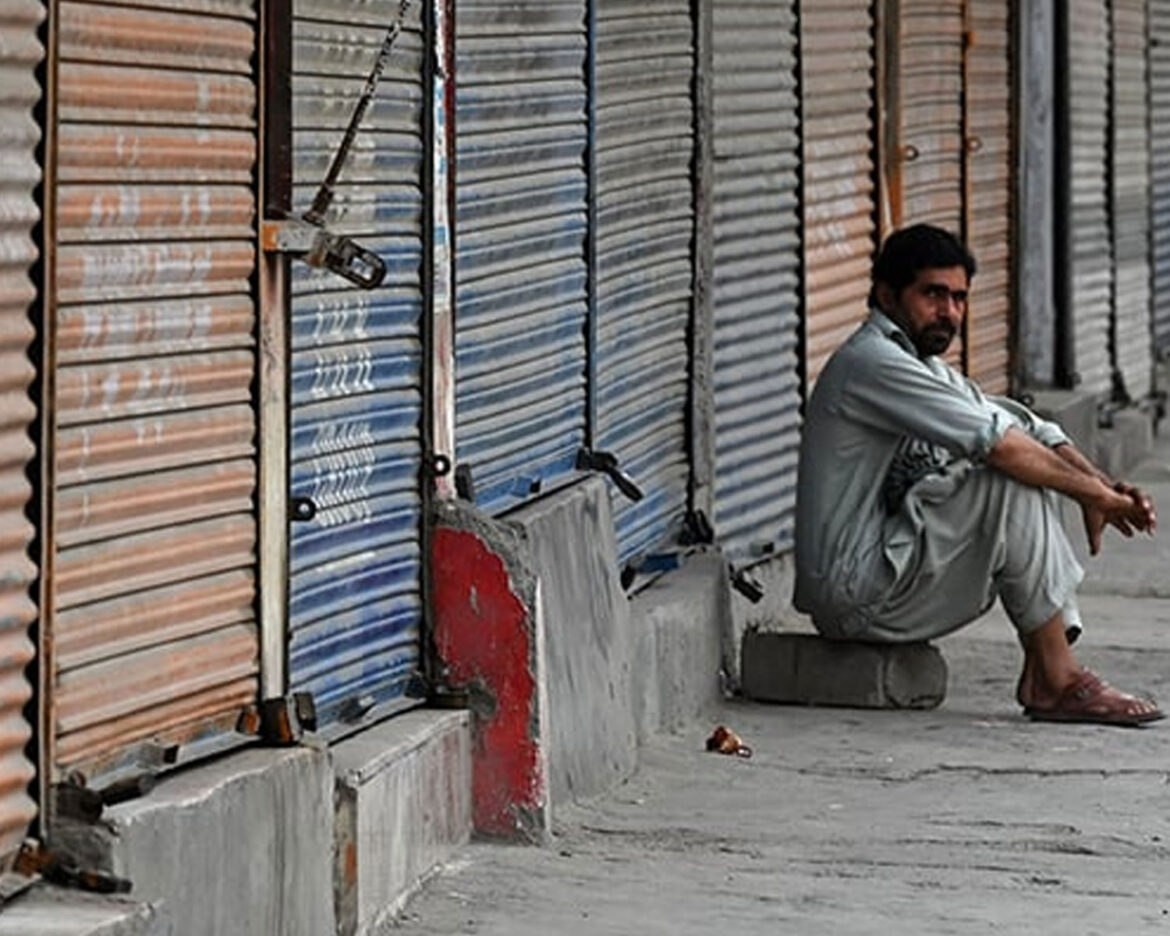Traders across the country have united in a nationwide strike today, protesting against rising electricity bills and increased taxes that have placed an immense burden on businesses. The strike, which was organized by various trade associations and business groups, aims to draw attention to the financial challenges faced by the trading community.
From early morning, shops and businesses in major cities including [City 1], [City 2], and [City 3] have been closed as part of the coordinated effort. The striking traders argue that the recent hikes in electricity tariffs and tax rates are unsustainable and detrimental to their operations, leading to increased costs and reduced profitability.
Protesters have taken to the streets, holding banners and chanting slogans demanding immediate government intervention. They are calling for a revision of the current electricity tariffs and tax policies, as well as the introduction of measures to support struggling businesses.
“We are not against paying taxes or utility bills, but the current rates are overwhelming and are pushing many businesses to the brink,” said [Name], a spokesperson for the [Name of Traders’ Association]. “Our aim is to highlight the severe impact these increases are having on the livelihood of traders and to urge the government to reconsider their policies.”
The strike has garnered widespread support from various sectors, with many business owners expressing solidarity with the cause. The organizers hope that the disruption will prompt a serious dialogue between the government and the business community to address their concerns.
The government has yet to respond to the strike’s demands. In the meantime, the strike is expected to continue throughout the day, with many businesses remaining closed and significant disruptions anticipated in affected areas.
This action marks a significant moment in the ongoing debate over economic policies and their impact on small and medium-sized enterprises. The outcome of the strike could influence future policy decisions and provide a clearer picture of the government’s stance on balancing fiscal measures with economic stability.



